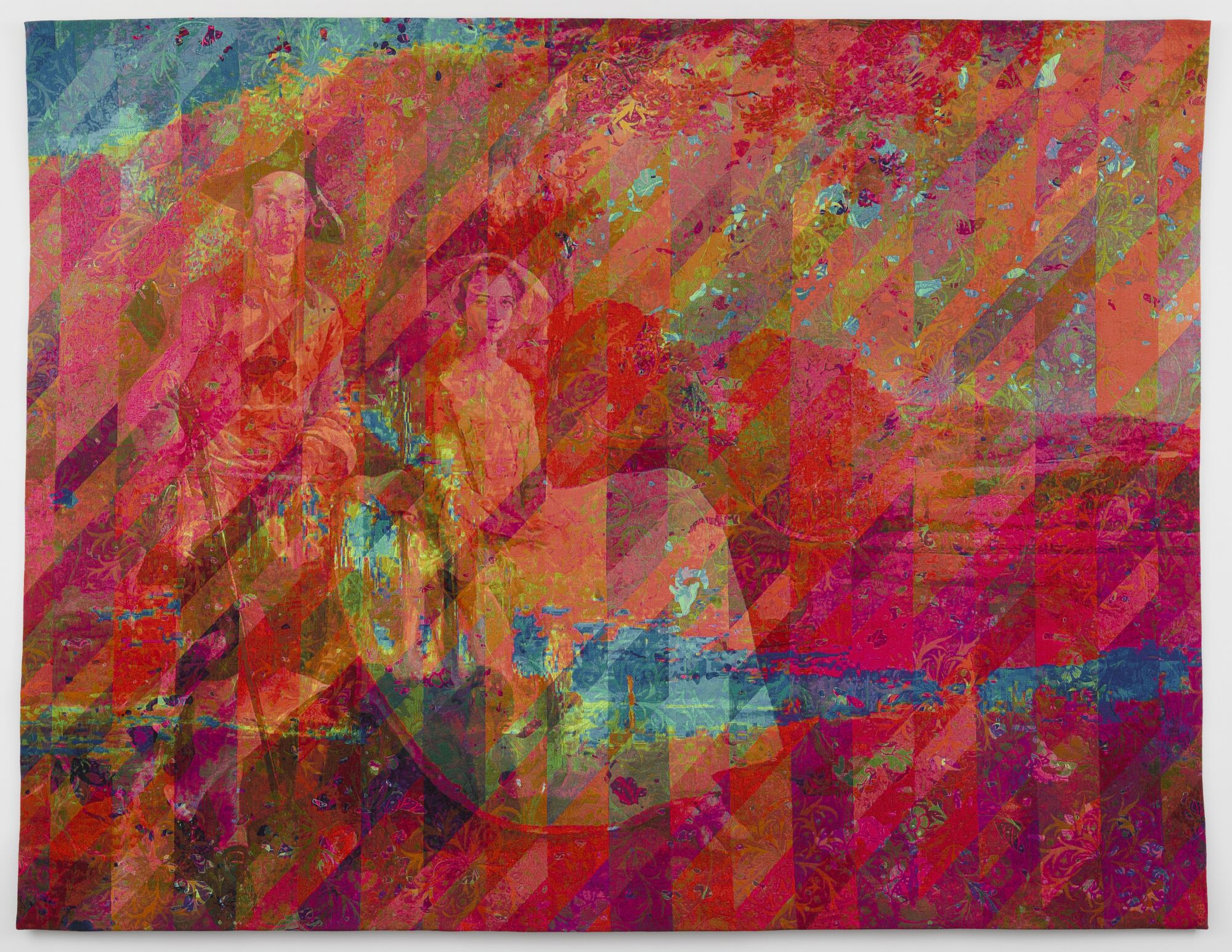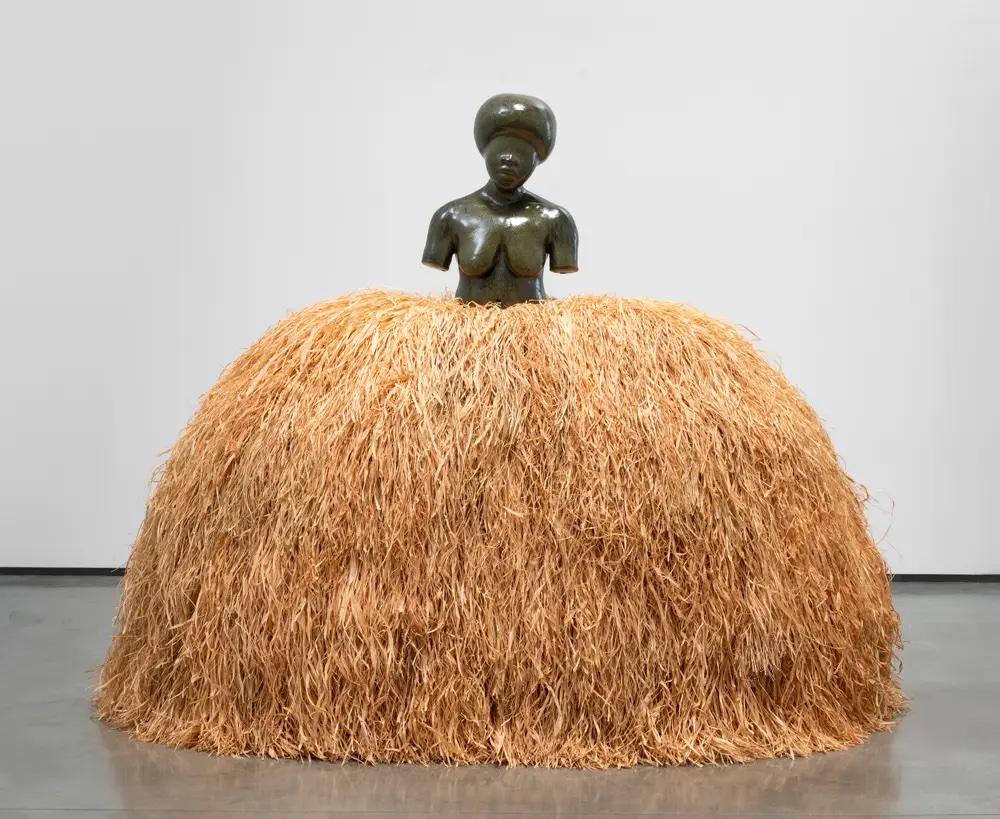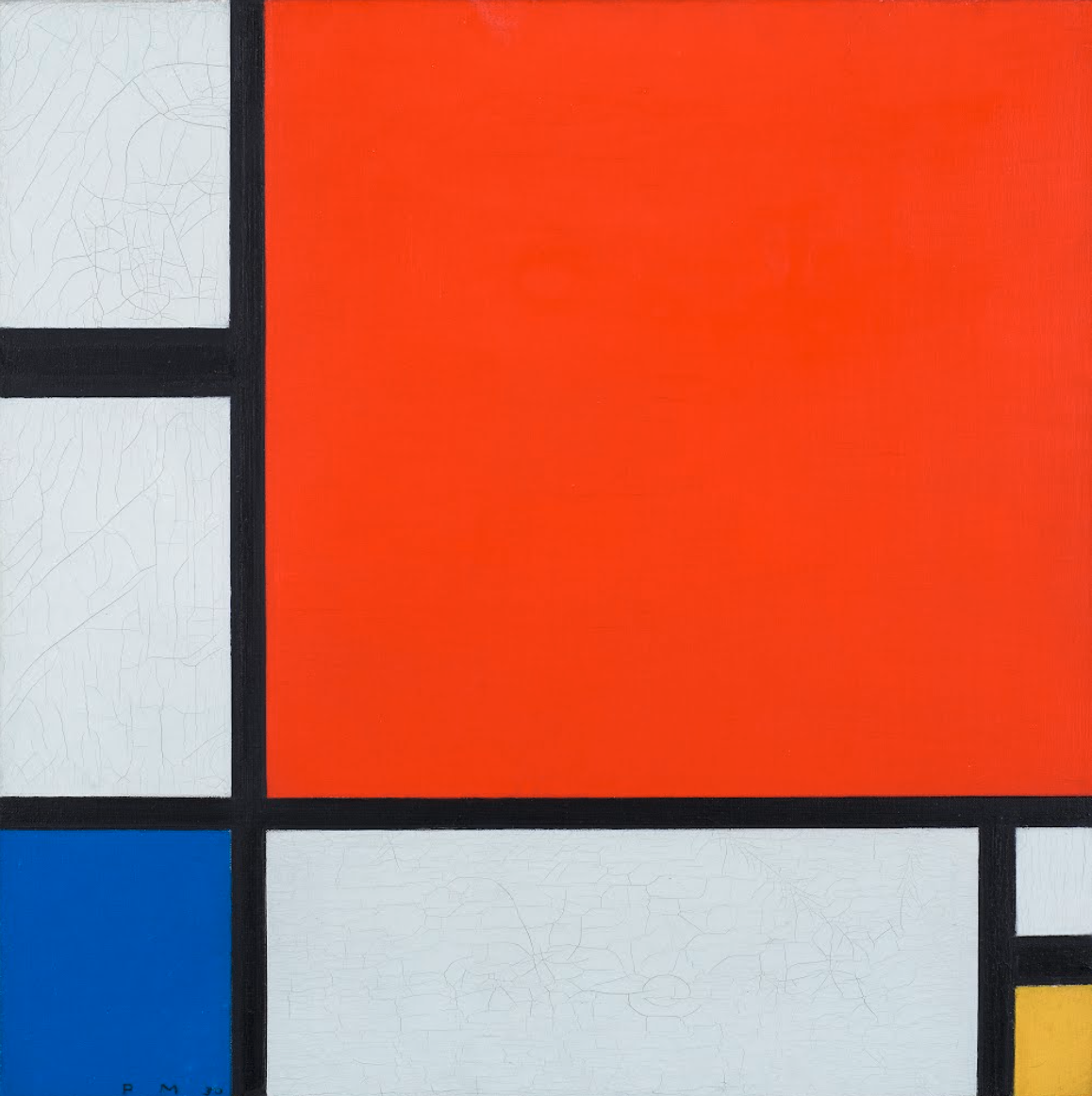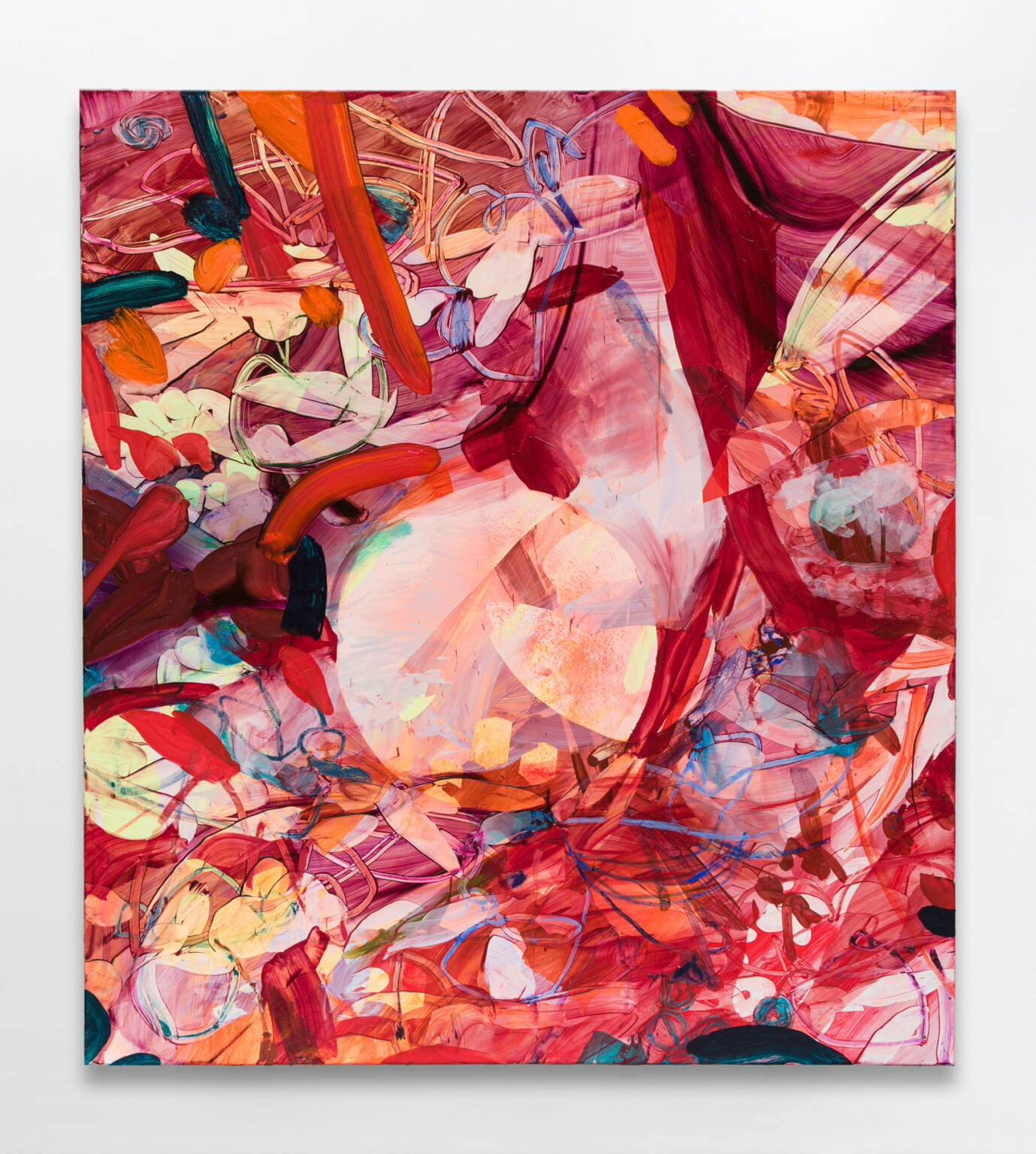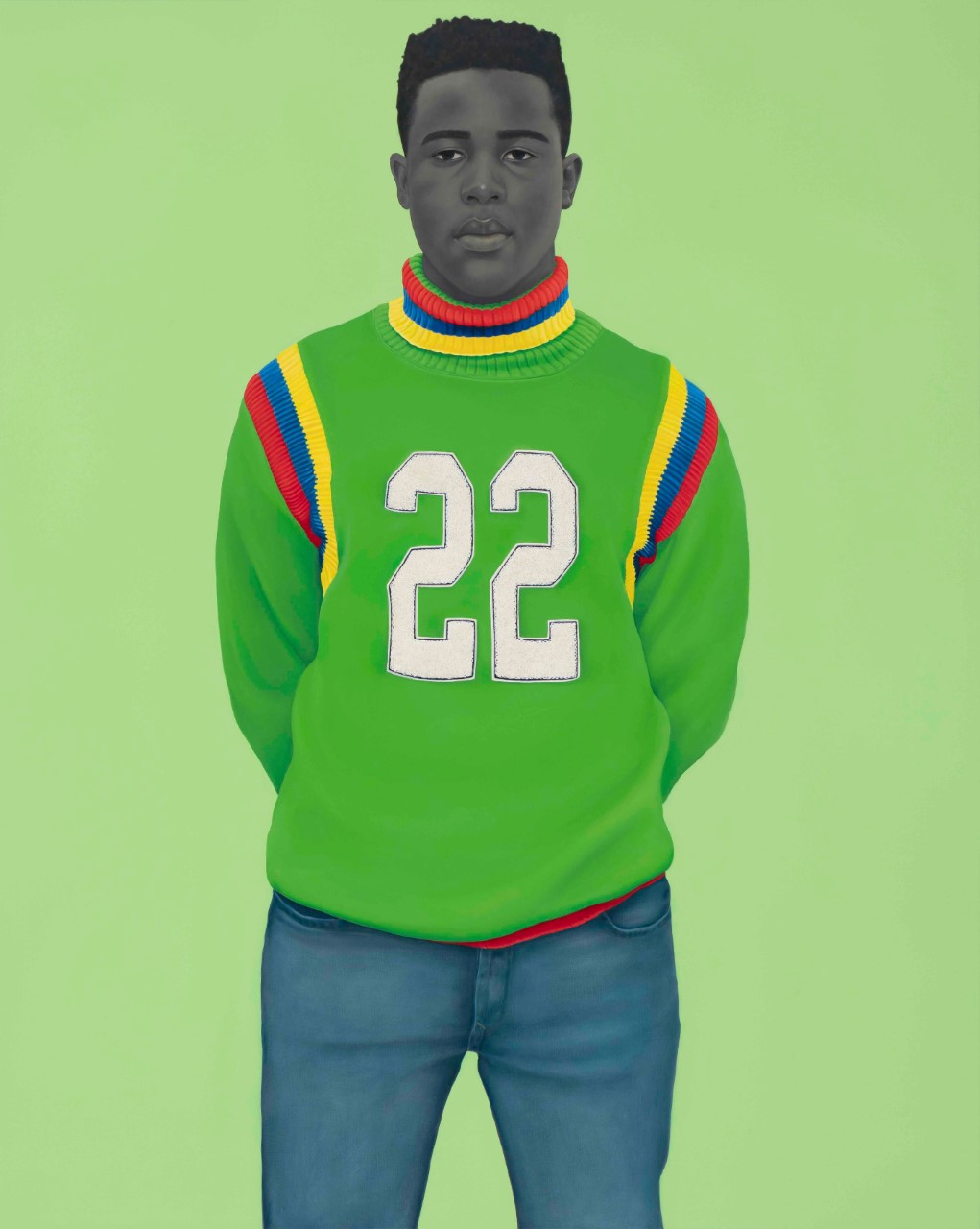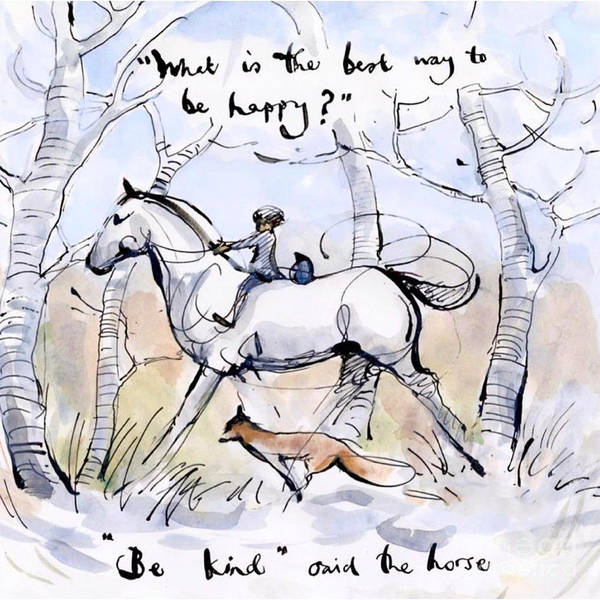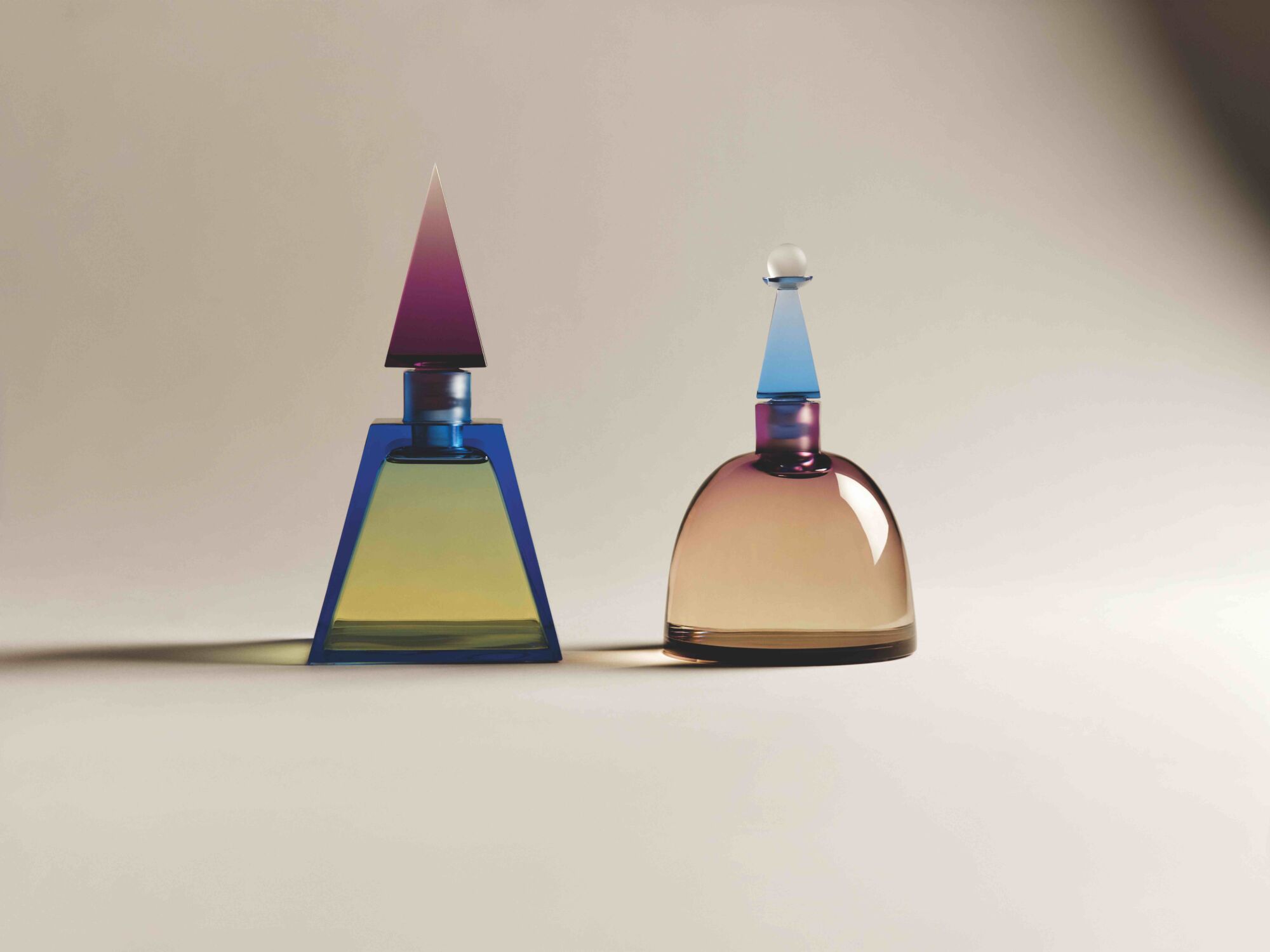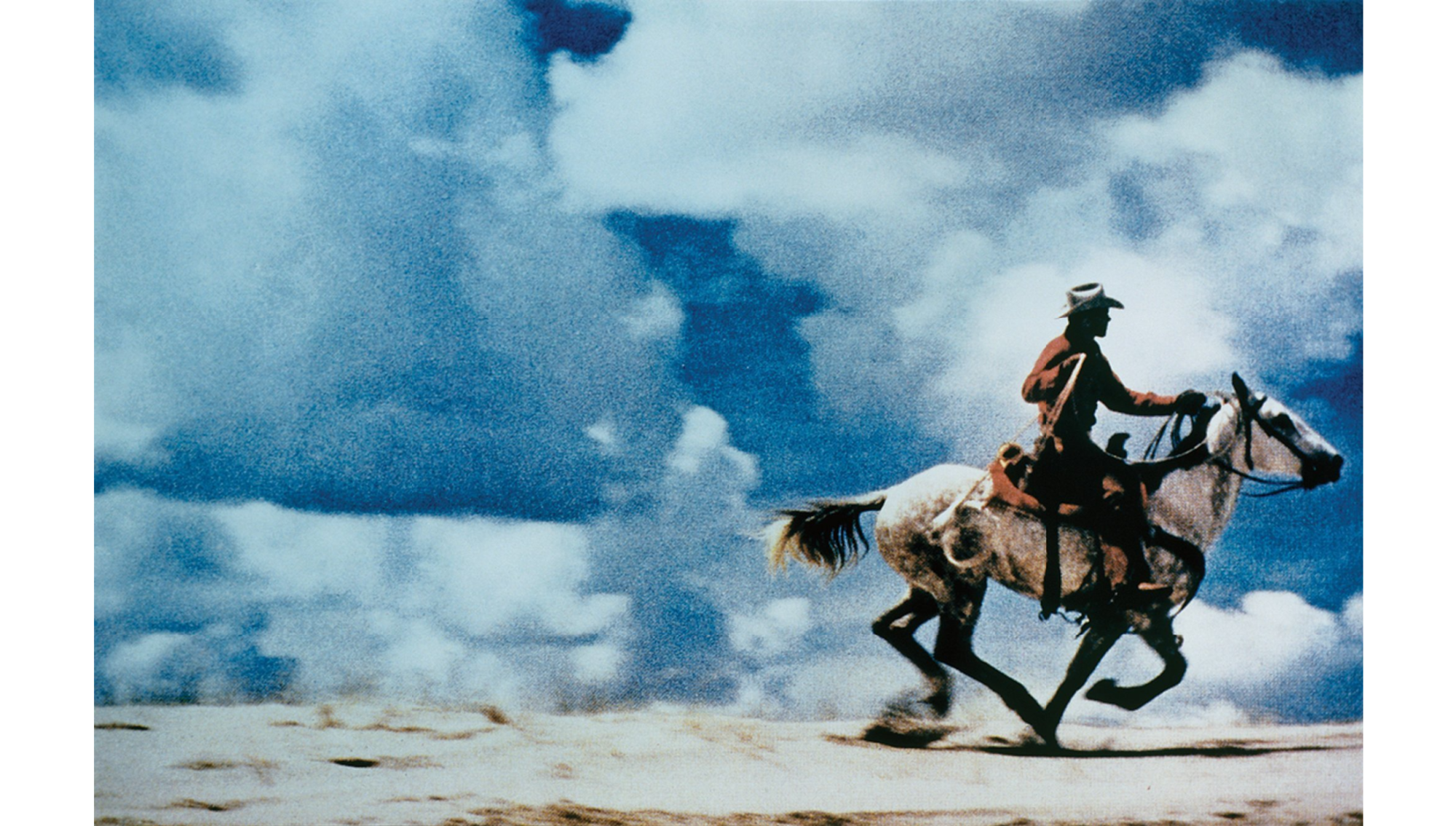
Discover Richard Prince’s Untitled (Cowboy)
Richard Prince made his name creating works with appropriated imagery. His photographs featuring images of mass media — luxury magazine ads, social media profiles and entertainment flyers — raise questions around authenticity, ownership and copyright as well as the role of consumer culture in the construction of American identity. This photograph is the highpoint of his famous series Cowboys (1980-1992), which was pulled from Marlboro cigarette ads. By removing the text and cropping the images down, he enhanced their dynamism and intensified their original artifice. His pictures of cowboy pictures deconstruct the most famous of American archetypes, prompting the viewer to question what is real and what is fiction or myth.
Share




![The Wick Culture - Yves Klein Anthropométrie sans titre (ANT 154) (Untitled Anthropometry [ANT 154]), 1961, © Artists Rights Society (ARS), New York / ADAGP, Paris](https://thewickculture.com/wp-content/uploads/2023/02/Yves-Klein.jpg)
